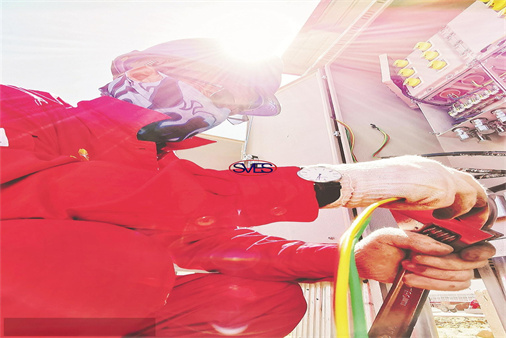
What Are the Differences Between a Free-Fall, Bridge Plug, and Packer?
2024-09-09 10:00What Are the Differences Between a Free-Fall, Bridge Plug, and Packer?
Packer
A packer is a specialized downhole tool used in casing or open holes to isolate oil, gas, or water layers. The sealing element of a packer is a rubber tube. The sealing principle involves applying external force to shorten the length of the rubber tube and increase its diameter, thereby sealing the annular space between the oil and casing. This isolates the oil (or gas/water) layers above and below the sealing element. As a result, packers are used for zonal testing, zonal oil production, zonal water injection, zonal stimulation, and blocking water layers in oil and water wells.

Bridge Plug
A bridge plug is a type of packer that stays at a certain depth in the well and is disconnected from the tubing string, hence it's also called a free-fall packer. The main uses of a bridge plug include replacing a cement plug for blocking bottom layers, plugging wells, isolating water-producing zones during selective production, and serving as a bottom packer in downhole operations. It can also be used for special operations like cement squeezing, fracturing, and water shutoff. The free-fall tool mainly consists of two parts: the free-fall mechanism and the retrieval mechanism. The free-fall pressure is 18-20 MPa. The free-fall tool is located at the upper part of the control tubing string, right above the previous packer. After the packer is set, pressure is increased to move the control piston down, which shears the control pins, releases the locking jaws, and is observed at the surface as a sudden drop in pump pressure and casing backflow. Once the tubing is lifted, the free-fall is achieved.
Free-Fall
Simply put, "free-fall" means "dropping" the tool into the wellbore. In this context, "dropping" means the tool is not connected to the wellhead and exists independently within the well.
By using one or more packers to connect certain parts of the tubing string, the assembly is placed at the target formation to achieve specific functions, usually for isolating water or gas layers. There are various methods for this; for example, a single free-fall is typically used to isolate the bottom layer, while a double free-fall or large bore combination can be used to isolate the middle section. When deploying a free-fall tool, it is run in with tubing and set in place using mechanical or hydraulic methods, after which the tubing is removed. When retrieval is required, it's usually done with a fishing tool, but there are often cases where retrieval is not possible.
